Markus Niggli and the importance of place.
I have been going in circles for months now over how to tell you about Markus Niggli and his incredible, challenging (and astonishingly good) wines. Writer’s block isn’t generally something I struggle with, but I also rarely come across someone like Markus–or his wines. And yes, I’m going to be throwing out a barrage of highly effusive superlatives here, because in this case it’s fully justified.
Flash back to last August, when I was in Lodi for the annual wine bloggers’ conference: I opted to go on the pre-excursion before the conference-proper began, and found myself in an intensive get-to-know-Lodi-wines experience. One of those get-to-know moments was in a shaded picnic area at Mokelumne Glen vineyard, where we were introduced to a handful of winemakers who produce wines from the Koth family’s “experimental” vineyard of German varieties, the vast majority of which are the only such plantings in the U.S.
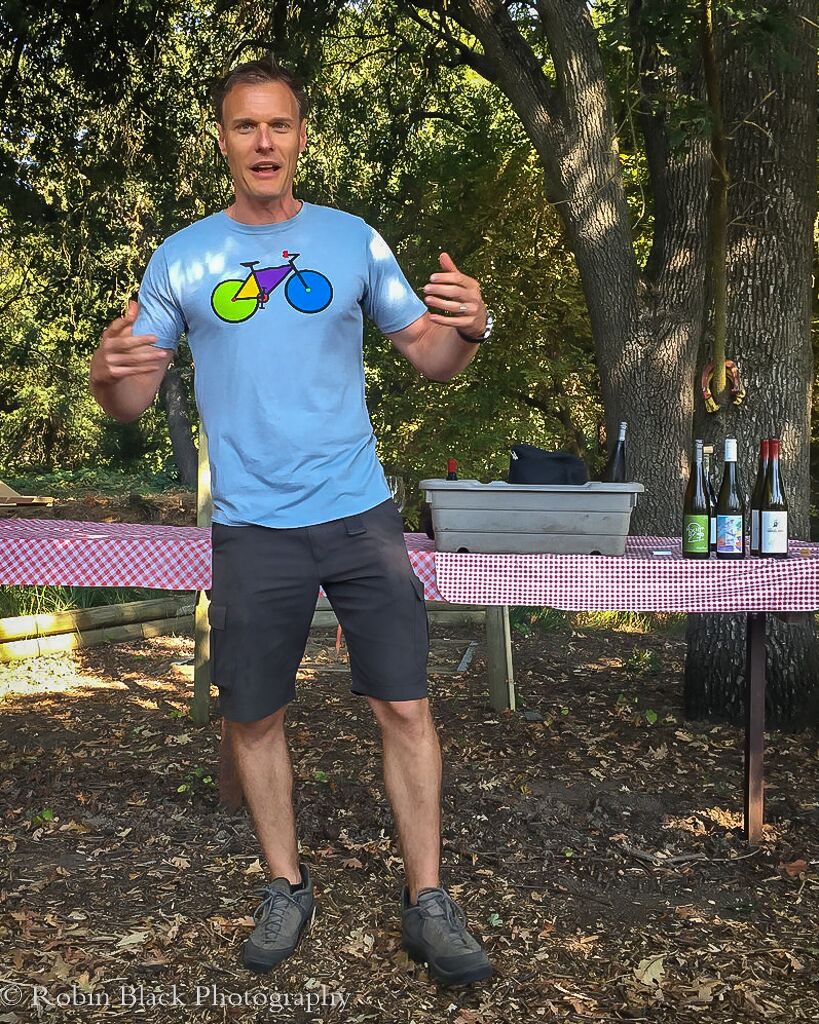
There was one winemaker in particular who really got my attention, along with his wines. It was Markus Niggli. My initial impression of these wines was that they challenged my palate and what I thought I knew about white wines in a completely confounding, wonderful way. These are unusual wines in the best way–wildly aromatic, low-ish in alcohol, fantastically dry, and every bit as complex on the palate as they were on the nose. And then Markus took his turn to talk to our group. Tall and lanky, slightly intense, affable, and very, very Swiss. Not your usual Lodi type, to be sure.
So how does a Swiss winemaker find himself in Lodi? By way of Australia, naturally. Niggli’s first career was in tourism in Switzerland, and as he moved up the corporate ladder in that field, he traveled the globe and developed a keen interest in wine–and eventually in winemaking. He quit the tourism industry for a vineyard job in Perth, Australia, leaving his homeland–but never forgetting where he came from. This sense of place remains a powerful part of what he does, reflected not just by what’s in the bottle, but also what’s on the bottle (more on that in a moment).
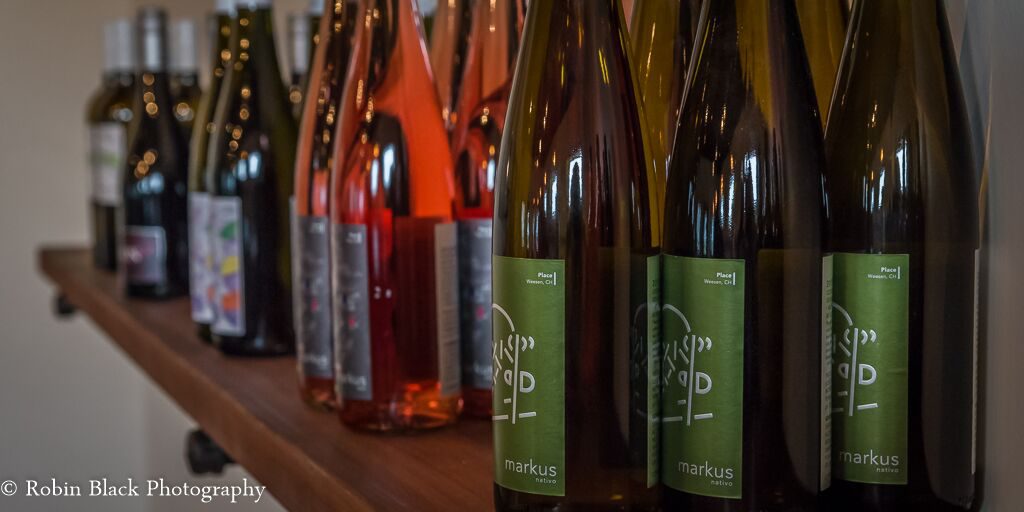
After a few years in Australia, Niggli moved to California to continue his path as a winemaker; he was working at a winery in Napa when he jumped to Lodi’s Borra Vineyards in 2006, taking on the job of winemaker for Steve Borra’s smartly styled wines. But it’s his “sub-venture” with Borra, under his Markus Wine Co. label, where he gets free creative reign over a lineup of (mostly) white wines that are both unconventional and evocative of more traditional European (especially German and Swiss) styles. Though it’s not his sole source of grapes for the Markus label, access to the Koth’s vineyard gives Niggli the opportunity to produce wines using varieties like Kerner and Bacchus, with outstanding results.
One of his most interesting wines is his Kerner-dominant Nimmo; rather than aging it in stainless steel or concrete (the more conventional approach for the European versions of this grape), this wine sees several months in new oak. Now stop right there: if your mind immediately thought of oak-y Chardonnay, you could not be further from what this wine is like. The prominent terpene compounds common to these German varieties–Riesling, Kerner, Bacchus and so on–transform into something quite different with new oak; it’s an age-worthy, exceptionally dry, and (of course) highly aromatic wine. It’s one of the most fascinating (and tasty) wines I’ve ever tried.
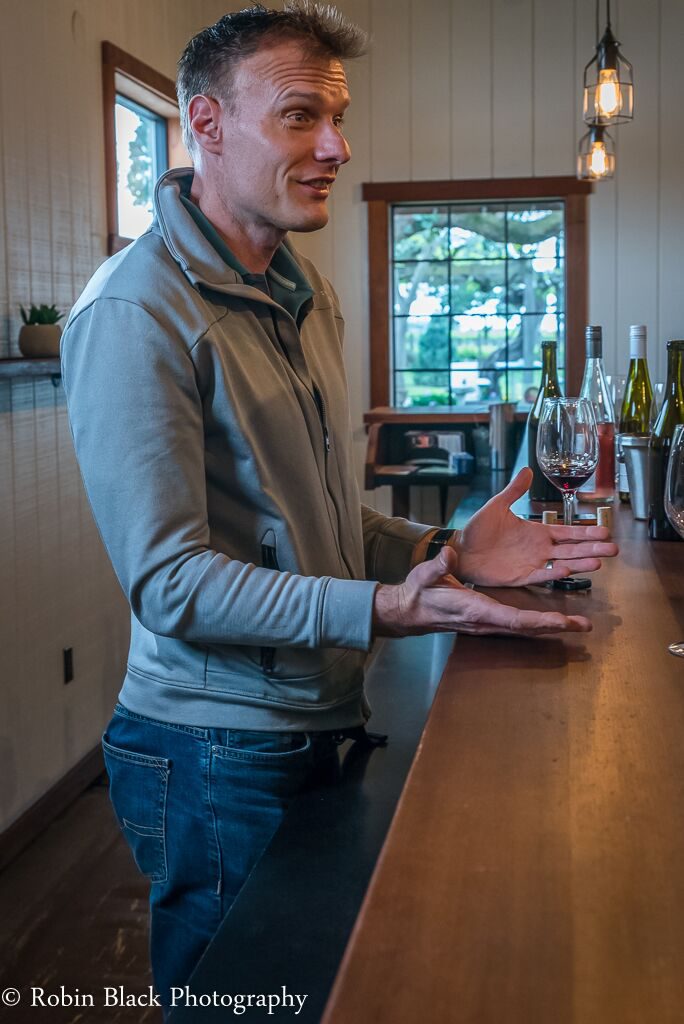
Niggli’s wines will shake up your palate and make you think about what’s in your glass. Most of his other wines–which include another variation on the Kerner grape, a 100% Gewürztraminer, a Torrontes-Traminette blend (all highly aromatic varieties)–are aged in stainless steel, and all of his wines are fermented with native yeasts, with no secondary ML fermentation. You will taste (and smell) a range of white flowers, meyer lemon, lychee, green apples–with a backbone of minerality that lends terrific balance (and I deliberately use the somewhat controversial term “minerality,” because there is an unmistakable note of wet rock, a dustiness, a chalkiness, that lingers on the finish on Niggli’s wines). I admittedly have a mile-wide soft spot for dry, aromatic white wines, and these have become instant favorites of mine.
Now, about what’s on the outside of those bottles: I resist getting too hung up on wine labels, because they generally have nothing to do, really, with what’s inside that bottle, but Niggli has taken an interesting approach to his. Most of the labels (and in one case, the actual name of the wine) commemorate his connection to a place or some experience in his past. The label for his Nativo (the stainless steel Kerner blend) is an odd assortment of letters and numbers. He decided to seek out the work of design students at University of the Pacific–these students have designed all of the Markus Wine Co. labels–but didn’t want them to be focused on the wine itself for the design–he gave them zero information on the wine inside the bottle, and instead gave them the combination “MBKW8872” and designated the color green for the label. The significance of that text is this: M, B and K are the first initials for Markus and his two brothers, the W refers to his home town Weesen, Switzerland, and 8872 is Weesen’s postal code–a nod to his home and family.
His Nimmo (the oaked Kerner blend) takes its name from a mnemonic acronym he created when he lived in Australia and needed to remember how to find his way to his winery job–it’s the first letters in the names of the streets he needed to take to get to and from work; as the name of his wine, it’s an acknowledgement of where his path as a winemaker got its start. Place matters, and Niggli never seems to lose sight of all the places that have brought him to where he is today–he makes thoughtful reference to this on his labels, but more important is that you also find the influence of all those places in what’s inside the bottle. And what’s in the bottle is very, very good.
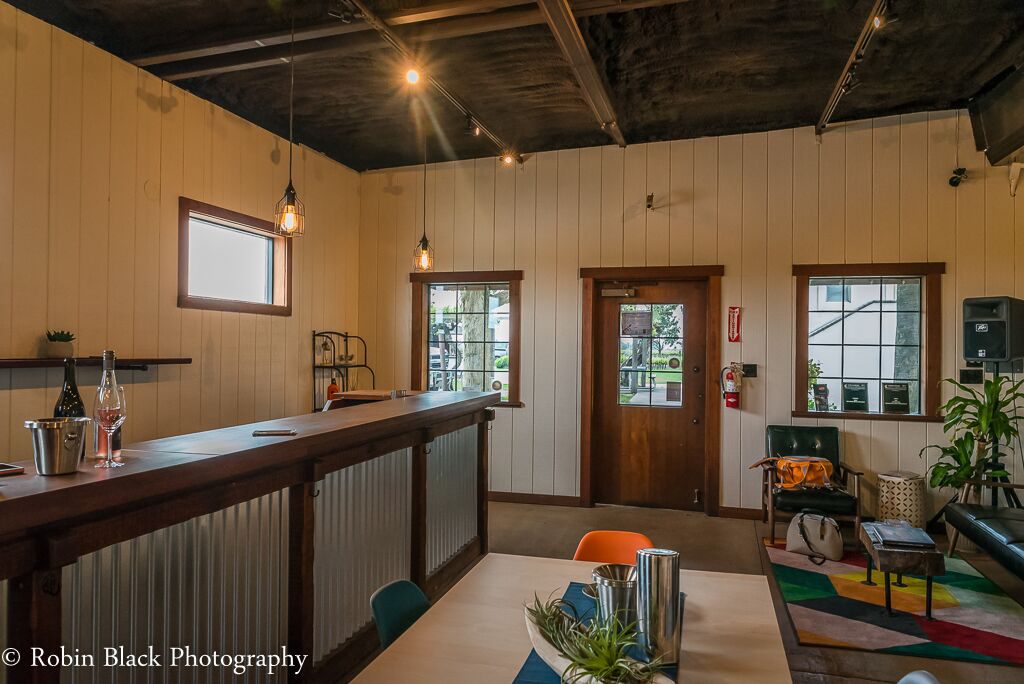
You can taste Markus Wine Co. wines at the Borra tasting room–they’re open the last weekend of every month, and also by appointment (which you can do directly on their website). If you’re lucky, you’ll get to chat with Markus himself (something I highly recommend).
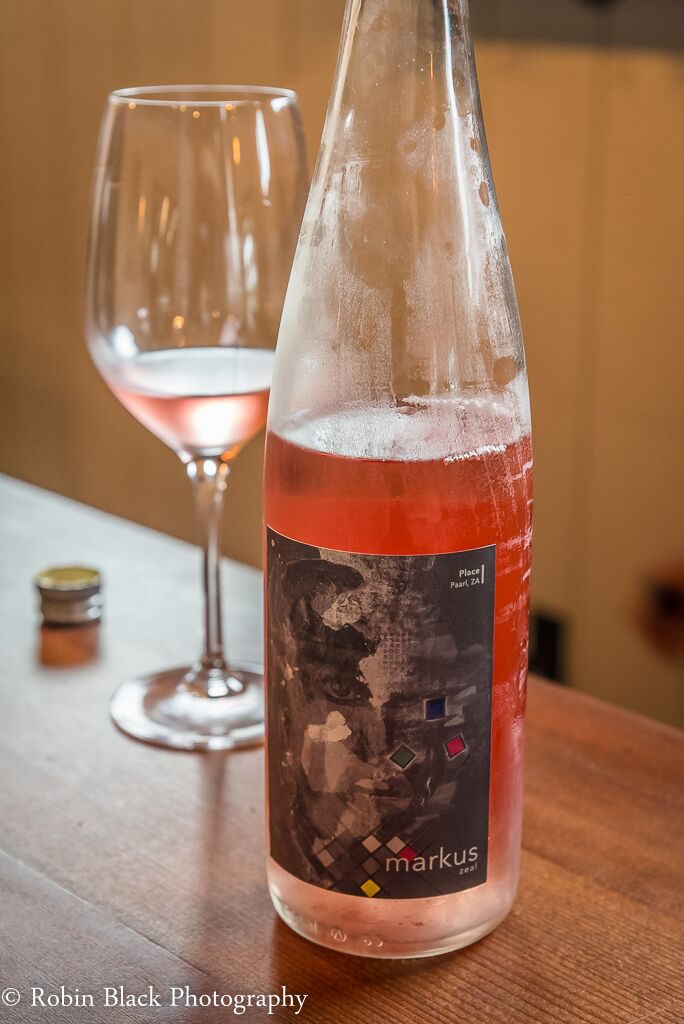
Borra and Markus Wine Co. hold an open house the last weekend each month; upcoming dates are July 28-30, Fri-Sun 12-5 and August 25-27, Fri-Sun 12-5. Make sure to try (and take home a few bottles of) his 2016 Zeal–a rosé of Syrah that will knock your socks off. It’s bone-dry, spicy-strawberry-rhubarb, with a bright acidity that’s perfect on a hot summer day.
Borra Vineyards/Markus Wine Co.
1301 East Armstrong Road
Lodi, CA 95242
209-368-2446
Info@BorraVineyards.com
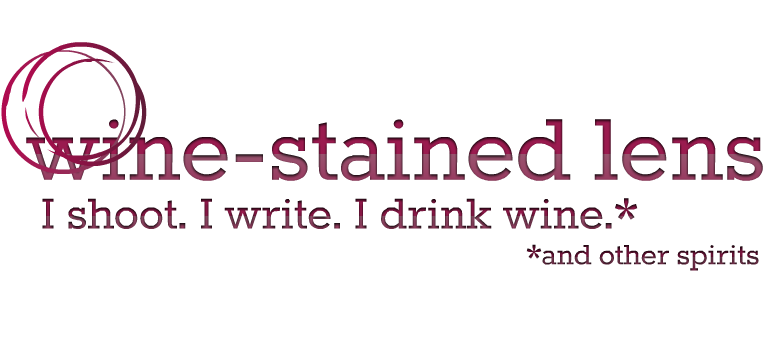
One Comment
Wilson E. Ward
I am not surprised at Markus and his new venture. I’ll also bet that your superlatives are not in any way exaggerations. My small West Virginia winery has been dealing with Markus and Steve for a number of years and with great success. I wish all the best. Wilson Ward, Fisher Ridge Winery Liberty WV